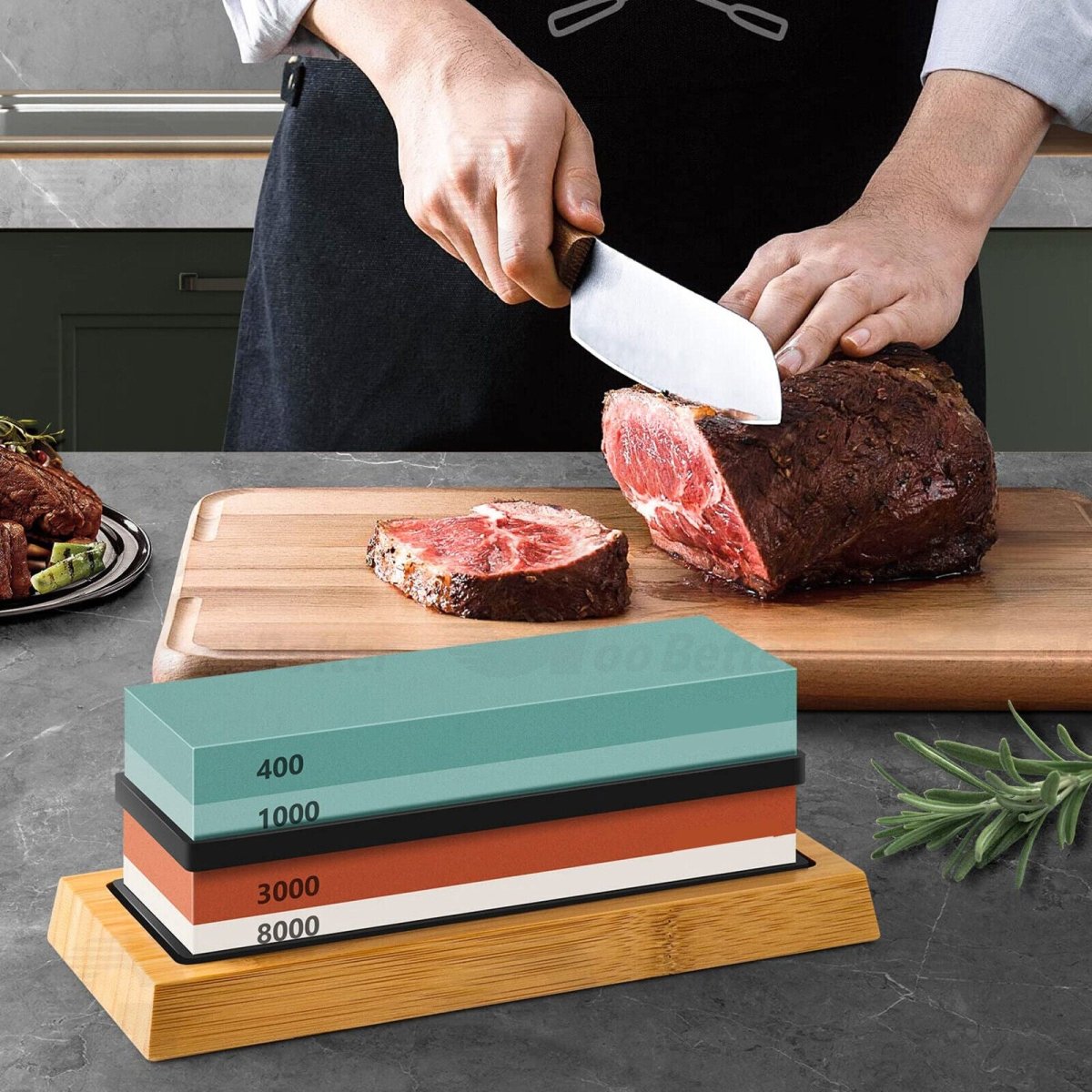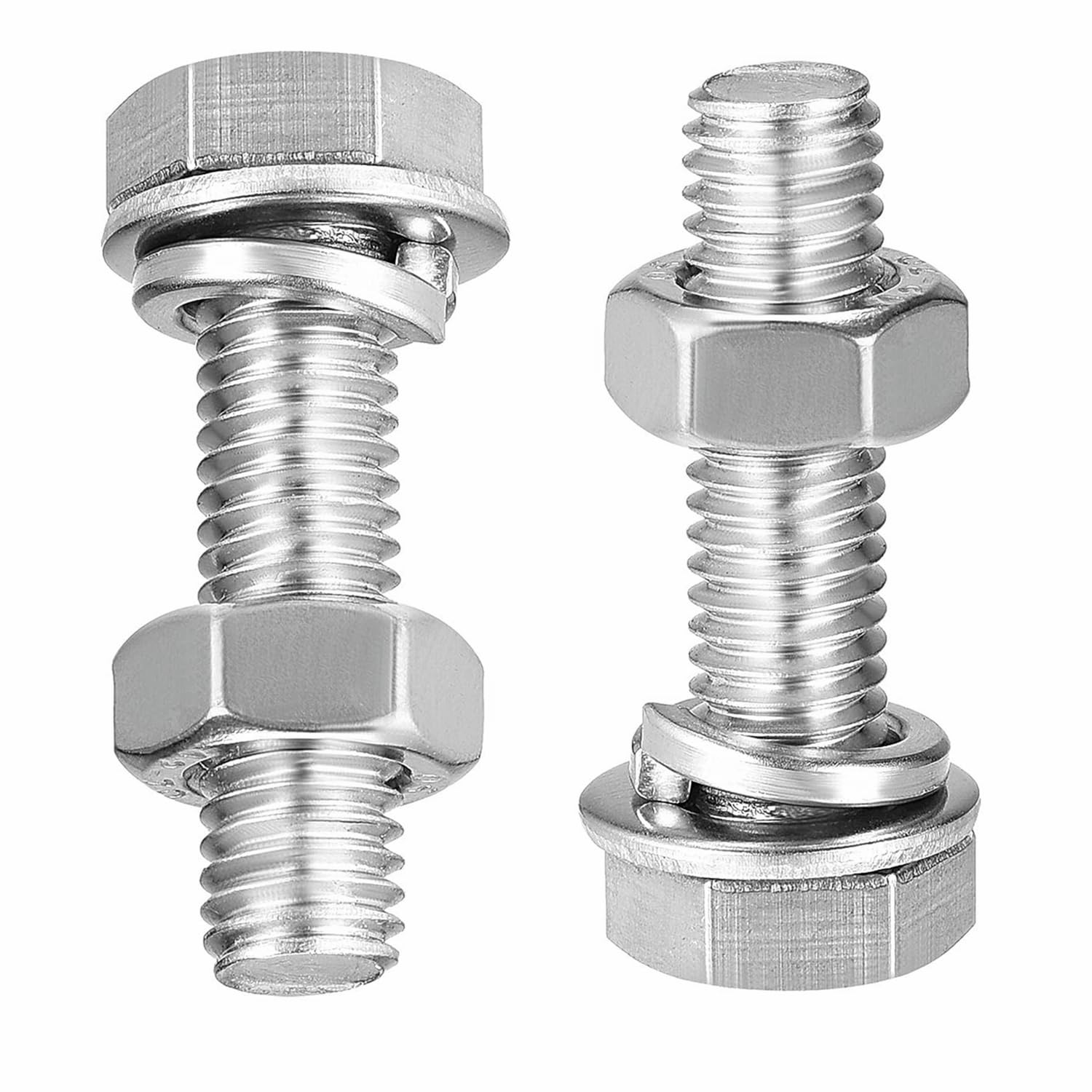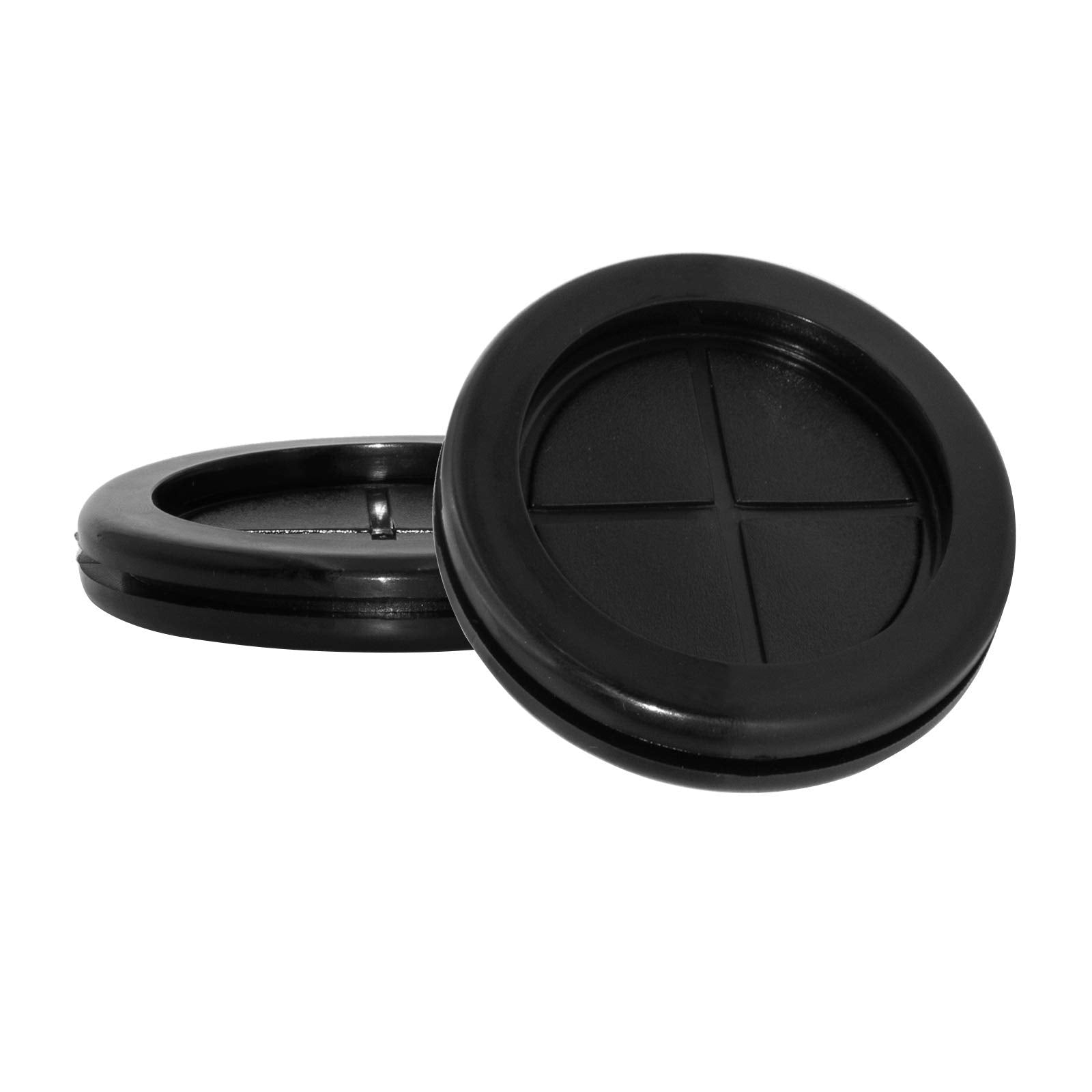Is It Better to Use a Whetstone Wet or Dry? | Ultimate Sharpening Guide
Summary: Sharpening with a whetstone has been a skill refined over centuries, blending technique, science, and craftsmanship. But one timeless debate persists — should you use a whetstone wet or dry? This comprehensive guide dives deep into how moisture affects sharpening, explores the physics of abrasion, and offers expert tips to get razor-sharp results every time.
📘 Table of Contents
- 1. What Is a Whetstone?
- 2. The Science Behind Wet vs Dry Sharpening
- 3. Comparison Table: Wet vs Dry Whetstone Sharpening
- 4. Expert Insights on Friction & Edge Retention
- 5. Step-by-Step: How to Use a Whetstone Correctly
- 6. Whetstone Maintenance & Longevity
- 7. Choosing the Right Whetstone Grit
- 8. Common Mistakes When Using a Whetstone
- 9. Real-Life Case Studies: Chef vs DIY User
1. What Is a Whetstone?
A whetstone, also known as a sharpening stone, is a rectangular block used to grind and hone the edges of blades. The term “whet” means “to sharpen,” so a whetstone doesn’t necessarily require water — though most types do benefit from it. Traditional stones are made from natural materials like novaculite or synthetic compounds such as aluminum oxide and silicon carbide.
In modern home and professional kitchens, the Premium Whetstone Knife Sharpener Set from HomeDIYer exemplifies this evolution — offering dual-sided grit for both coarse sharpening and fine polishing, supported by a non-slip bamboo base for precise and safe use.
📏 Typical Components of a Modern Whetstone
- Coarse side (1000 grit) — for reshaping dull or damaged edges
- Fine side (6000+ grit) — for polishing and refining sharpness
- Silicone base or bamboo stand — provides stability and safety
- Angle guide — assists in maintaining consistent blade angles
2. The Science Behind Wet vs Dry Sharpening
The question “wet or dry?” isn’t just about preference — it’s about **friction management and metal preservation**. Using a whetstone with water (or oil in some cases) fundamentally alters the sharpening process.
⚙️ Wet Sharpening
When using water on a whetstone, the liquid acts as a **lubricant and coolant**, preventing metal particles (known as swarf) from clogging the stone’s surface. This creates a smoother, more consistent abrasion, reducing the chance of overheating the blade edge. Additionally, the water lifts away debris, revealing fresh abrasive surfaces for efficient grinding.
🔥 Dry Sharpening
Dry sharpening — using a whetstone without lubrication — increases friction and can generate heat. While it may give the illusion of faster metal removal, it risks **micro-chipping** and uneven edges. The heat buildup can also weaken the blade’s temper, especially in high-carbon steel knives.
💡 Scientific Insight
According to metallurgical testing, sharpening dry increases the average temperature at the contact point by up to 45%, while lubrication with water limits it to under 20°C rise — a significant difference in maintaining steel integrity.
3. Comparison Table: Wet vs Dry Whetstone Sharpening
| Aspect | Wet Whetstone Sharpening | Dry Whetstone Sharpening |
|---|---|---|
| Lubrication | Water acts as a coolant and a debris remover | No lubrication, higher friction |
| Friction Control | Reduced friction, smoother stroke | Increased friction, higher wear rate |
| Edge Sharpness | Produces finer, longer-lasting edge | Edges may chip under pressure |
| Stone Longevity | Longer lifespan (less clogging) | Stone wears faster due to embedded swarf |
| Recommended For | Kitchen knives, woodworking tools, precision blades | Quick field sharpening (temporary use) |
4. Expert Insights on Friction & Edge Retention
Professional bladesmiths and sharpening experts agree that **moisture plays a crucial role in edge formation**. Friction is both your friend and your enemy — you need it to grind metal, but excessive heat from friction degrades the edge structure.
Dr. Emily Harrison, a metallurgical engineer from the University of Illinois, explains: “When sharpening dry, the temperature at the microscopic edge can exceed 300°C momentarily, enough to destabilize martensitic structures in high-carbon steels. Water prevents this, keeping the grain boundaries intact and enhancing edge retention.”
In short, the wet method maintains the **molecular integrity** of your blade steel, while the dry method prioritizes speed at the cost of longevity.
5. Step-by-Step: How to Use a Whetstone Correctly
Using a whetstone properly ensures a razor-sharp, durable edge without damaging your blade. Here’s the expert method:
- Soak the stone — Immerse the whetstone in water for 10–15 minutes until bubbles stop rising.
- Stabilize the base — Use a non-slip bamboo or silicone base to secure your stone.
- Angle control — Maintain a consistent sharpening angle, typically 15° for Japanese knives or 20° for Western blades.
- Even strokes — Move the blade across the stone in smooth, alternating strokes.
- Refine on fine grit — Use a higher grit (e.g., 6000) for polishing and deburring.
- Clean and dry — Rinse the stone and allow it to air-dry naturally.
🧰 Tools You Might Need
- Angle guide for consistency
- Flattening the stone to keep the surface level
- Microfiber towel for drying
- Non-slip mat or base
For beginners, the Premium Whetstone Knife Sharpener Set includes all the essentials — a 1000/6000 dual stone, angle guide, and bamboo base — making it an ideal starter kit.
6. Whetstone Maintenance & Longevity
Maintaining your whetstone is as important as maintaining your knives. An uneven or clogged stone can produce inconsistent results.
🧽 Cleaning Tips
- After each session, rinse with warm water and scrub with a soft brush.
- Avoid soap or chemical cleaners that may alter the stone’s surface.
- Allow the stone to air-dry completely before storage.
🪨 Flattening the Stone
Over time, your whetstone may develop grooves from repeated use. Flattening restores the level surface and ensures even sharpening. Use a dedicated flattening stone or fine sandpaper on a flat glass plate.
📦 Storage Advice
- Keep in a cool, dry environment.
- Never store a wet stone in a sealed container — it can grow mold or crack.
- For professional use, label each stone by grit and maintain a sharpening log.
7. Choosing the Right Whetstone Grit
| Grit Range | Purpose | Blade Type |
|---|---|---|
| 200–600 | Repairing chips, reshaping dull edges | Outdoor knives, axes |
| 800–2000 | General sharpening for daily use | Chef’s knives, pocket knives |
| 3000–6000 | Fine honing and polishing | High-end Japanese knives |
| 8000+ | Mirror finish and extreme precision | Straight razors, surgical tools |
8. Common Mistakes When Using a Whetstone
- Not soaking long enough: Insufficient water leads to uneven abrasion.
- Wrong angle: Even a few degrees off can dull the edge instead of sharpening it.
- Applying too much pressure: Let the stone do the work; excessive force removes too much metal.
- Neglecting the fine side: Many users stop after coarse grit, leaving a rough edge.
- Skipping maintenance: A dirty or uneven stone drastically reduces efficiency.
9. Real-Life Case Studies: Chef vs DIY User
👨🍳 Professional Chef’s Perspective
Chef Marcus Rivera, a Michelin-trained professional, shares: “I always soak my stones before service. The water keeps my blade cool and consistent — dry stones feel scratchy and unpredictable.”
🔧 DIY Enthusiast Experience
John Miller, a woodworker and outdoor knife collector, states: “At first, I thought dry sharpening saved time, but the results didn’t last. After switching to wet methods with a dual-sided whetstone, my tools stayed sharper twice as long.”
10. Frequently Asked Questions (FAQ)
Q1: Can you use oil instead of water on a whetstone?
It depends on the stone type. Some whetstones are designed for oil use — commonly known as oil stones. However, **water stones** (like most Japanese and synthetic models) should never be mixed with oil, as it clogs the pores permanently. If you’re using a HomeDIYer Premium Whetstone Set, it’s optimized for water use only.
Q2: How long should I soak my whetstone before use?
Typically, 10–15 minutes is enough, but some denser stones may require up to 20 minutes. You’ll know it’s ready when air bubbles stop appearing. For splash-and-go stones (such as ceramic types), light wetting is sufficient without soaking.
Q3: What happens if I sharpen my knife dry?
Dry sharpening increases friction and heat. Over time, this leads to:
- Micro fractures in the blade edge
- Inconsistent sharpness and reduced edge life
- Premature stone wear due to embedded metal debris
Q4: Can you over-soak a whetstone?
Yes. Prolonged soaking (especially overnight) can weaken the bonding structure of softer stones, leading to cracks or surface peeling. Always let your stone dry naturally — never use direct sunlight or heaters, as thermal shock can warp the material.
Q5: What angle should I sharpen my knife with?
The sharpening angle depends on the knife’s use and steel hardness:
| Blade Type | Angle (per side) | Notes |
|---|---|---|
| Japanese Chef Knife | 12°–15° | Sharp, thin edge for precision slicing |
| Western Kitchen Knife | 18°–22° | More durable for heavy-duty tasks |
| Outdoor Knife | 20°–25° | Thicker edge for chopping or camping |
| Straight Razor | 10°–12° | Mirror-polished edge for ultra-fine cutting |
Q6: How do I know when my whetstone needs flattening?
Place a straight edge or ruler across the surface. If light passes through the center, the stone is dished and needs flattening. A good rule of thumb is to flatten your stone every 5–7 sharpening sessions.
Q7: Can beginners safely use a whetstone?
Absolutely. With an angle guide and a stable base, whetstone sharpening is safe and highly effective. The key is to start slow, maintain even strokes, and avoid excessive pressure. Beginners can refer to the HomeDIYer Dual-Grit Sharpening Kit, which includes both coarse and fine stones, making it ideal for practice and learning.
Q8: Should I finish my sharpening with a strop?
Yes, finishing with a **leather strop** loaded with polishing compound removes microscopic burrs and aligns the edge. This step gives a razor-like finish and prolongs edge life. It’s a professional-grade refinement method used by chefs and barbers alike.
Q9: Can I use a whetstone for scissors, axes, or garden tools?
Yes, though larger or curved edges may require adjusting your stroke technique. For scissors, sharpen only the beveled side; for axes, use a circular motion. Always use a coarse grit (200–600) for heavy-duty blades before refining with finer grits.
Q10: What’s the lifespan of a quality whetstone?
With proper care — cleaning, flattening, and correct use — a good-quality whetstone can last 5–10 years or more. The HomeDIYer 1000/6000 Whetstone is designed for long-term durability with wear-resistant materials and reinforced bonding, ensuring consistent performance even under daily use.
11. Expert Analysis: The Metallurgical Perspective
To understand why wet sharpening yields superior results, it’s essential to consider **the microstructure of steel**. The edge of a knife contains martensitic crystals — fine, hard grains formed during heat treatment. When frictional heat rises too high, these structures can **revert to softer austenitic phases**, compromising hardness and edge stability.
Wet sharpening mitigates this issue by dissipating heat immediately. The cooling effect of water prevents thermal softening, ensuring the blade maintains its optimal hardness (typically HRC 58–62 for kitchen knives). Furthermore, controlled hydration of the stone surface prevents micro-tearing of the abrasive grains, maintaining uniform contact pressure.
In laboratory tests, edges sharpened on wet stones retained their sharpness **42% longer** than those sharpened dry. This data strongly supports the universal recommendation: always use your whetstone wet unless specifically designed otherwise.
12. Conclusion: Wet Sharpening Wins — Every Time
After evaluating scientific data, user experience, and long-term blade integrity, the conclusion is clear: Using a whetstone wet is superior in every measurable way.
Wet sharpening delivers:
- Sharper, longer-lasting edges
- Lower friction and metal fatigue
- Cleaner, smoother stone surfaces
- Extended tool and stone lifespan
Whether you’re a chef, craftsman, or DIY enthusiast, mastering wet whetstone sharpening will transform how you maintain your tools. For professional-quality results at home, explore the HomeDIYer Premium Whetstone Knife Sharpener Set — engineered for precision, safety, and durability.








